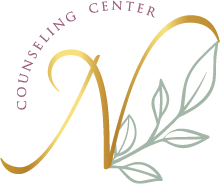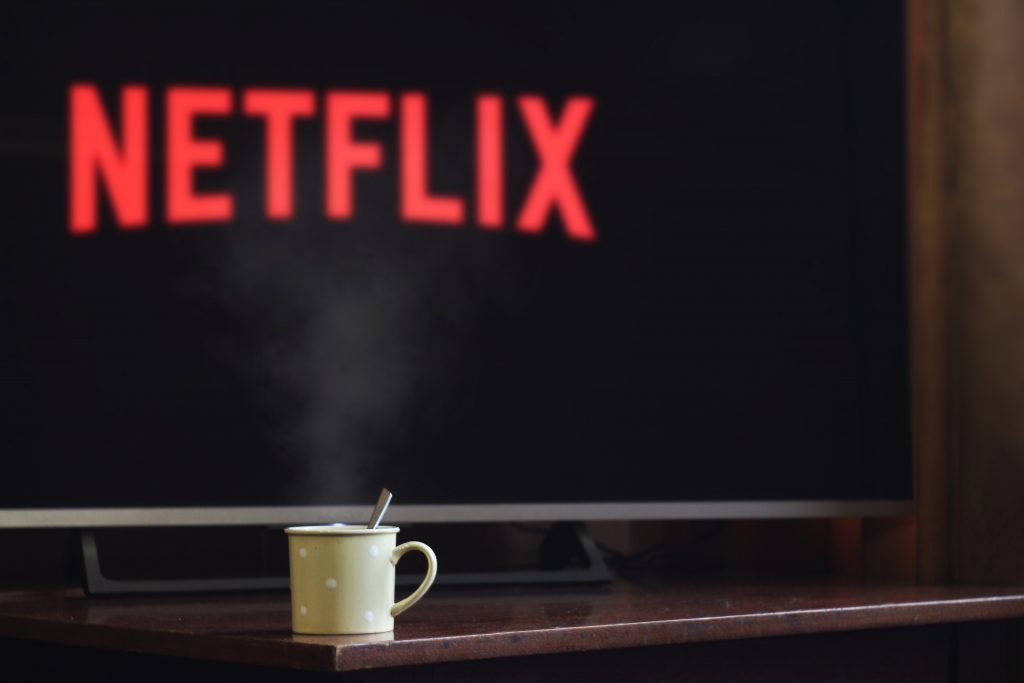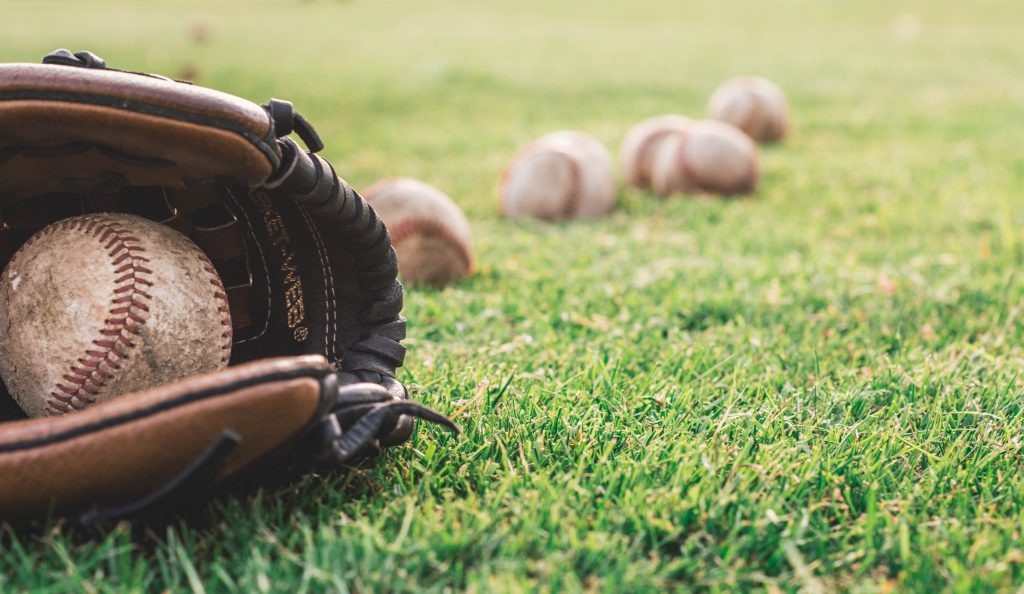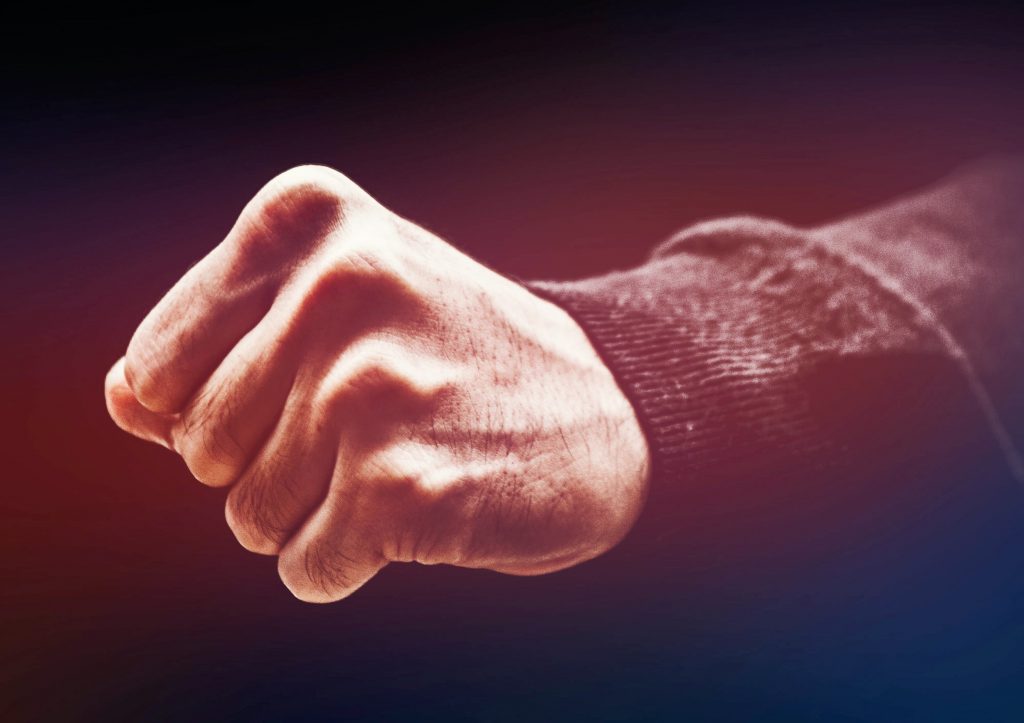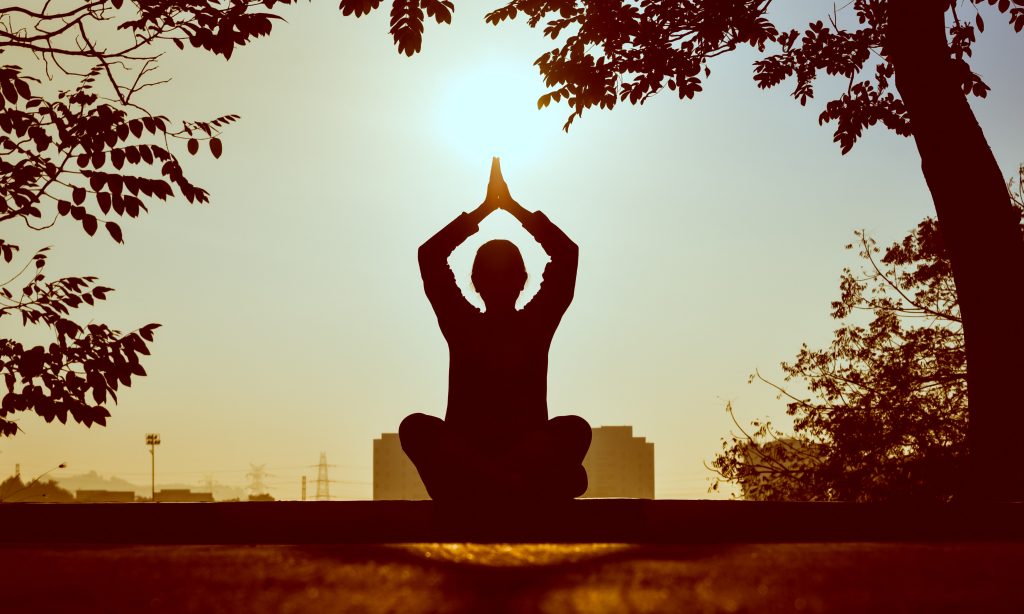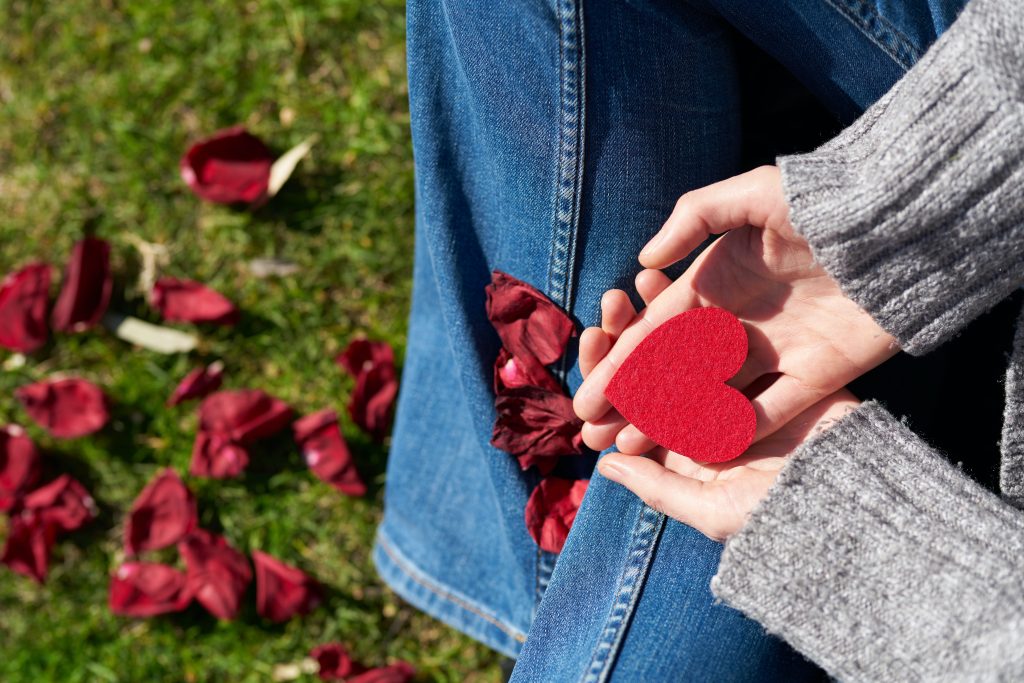Why We Hate: From Origins to Hope
Things we all have in common; experiencing a pandemic, quarantine, and being human. This may sound extremely basic, but all it takes is one common thread to unite us. Something else we may currently have in common is binge watching Netflix, watching reruns, or clearing out our recordings. Currently on my queue is Ozarks (Season 3), Brooklyn Nine Nine, and Westworld (with a dash of Friends reruns in between). There are a few others sprinkled in there, one being a six part docuseries that I recorded back in October called Why We Hate. With the abundance of time on my hands I thought diving into this series was a way to keep my mind stimulated, and honestly, to give me a break from anything COVID-19 related.
Even without the presence of a pandemic it has felt like there has been much more doom and gloom in the world, compared to positivity. On the bright side, we have still seen and experienced glimmers of human decency and kindness. This is the basic premise for this series. It explores how we got to this current state of feeling divided, how hate spreads, and what needs to be done to overcome it and instill hope. The opening begins with Evolutionary Anthropologist, Brian Hare, postulating the origins of hate:
“Humans have an unparalleled ability to love and cooperate. So why do we sometimes act cruel and hateful? Not just as individuals, but as whole communities or nations? Hate breeds bullying, social injustice, violence, war, even genocide and mass murder. Where does that impulse come from? What is the origin of human hate? The origin of dehumanization? Why is it that humans are able to hate? Why do we have this emotion?”
For the sake of brevity I won’t go too far into the studies, but since psychology is still a “newer” science it’s important to at least know what makes humans unique compared to other species. We can be loving, but we are still a competitive species. We have survived because we became friendlier and learned to get along with groups, however, we can still be hostile towards others. Components researchers noted that contribute to hate include: early development, biology, and our environment. These ideas then bridge into concepts like morality, justice, social acceptance, and identity.
The experts really covered the spectrum of hate, ranging from bullying and racism, all the way to war and genocide. This furthered the notion that if we can understand hate on a basic level then we can understand it on a macro level to implement change. While there were many components of hate discussed I felt that the most prominent concept that resonated throughout the series was Tribalism. The idea of tribalism is that humans function in small groups, which make up a larger society. There is a group consciousness that is shared which creates a sense of unity. Martha Newson, a Cognitive Evolutionary Anthropologist, describes tribalism as a “sense of belonging, commitment, protection, defense, family… an evolved, unswaying desire to be part of something more than yourself… there is a bond that doesn’t exist in other parts of life.”
The best modern example is sports. Pick your team (Go, Cubs!) It may sound extreme but Newsome compared the sport mentality to war. There is a territory, wins, rewards, and we share our support for our team by watching the game. When it’s over there is a heightened emotion that can sometimes translate into violent emotions. How many times have you seen two opposing fans punch each other? Or on a grander scale, a riot or destruction while we celebrate or grieve a loss? Look at the comparison! People will even “brand” themselves by tattooing their team logo on them and wear “warpaint” to games. This is where you see the two sides of tribalism. On one hand, it’s a celebration. There is unity, camaraderie, and a sense of belonging. On the other hand, when one loses their identity within the group it can go too far and bring out the more aggressive side of an individual.
To take that a step further, I purposely put out there that I am a Cubs fan. I bet that if a Sox fan read that there is a high probability that they scoffed, “Ew, a Cubs fan.” It’s also a bit judgmental and assumptive of me, but that is exactly the point! When we group people by their likes, beliefs, values, etc. it automatically shapes our opinion of them, but not on a human level. We often view people through these constructs or stereotypes. Now, this doesn’t mean that every Sox fan hates Cubs fans, and vice versa. Most of my friends are Sox fans and, to my knowledge, they still like me! But, of course, there is always some friendly banter back and forth. This goes on to prove another point – I know my friends on a human level. Our friendship revolves around our joint appreciation for one another. However, people often struggle to see past that. We automatically rule people out based on likes and dislikes.
This is where the “us versus them” mentality plays a part. Cubs vs. Sox. Bears vs. Packers. Republican vs. Democrat. Black vs. White. When we view groups in this manner it dehumanizes them. This is another topic greatly discussed through the series. When we strip people of their basic human qualities it allows our brain to associate these people with the worst.
Our environment, cultural values, morality, media, friend groups, it’s not destined, but it is a part of our identity. When our identity is challenged, it will drive us towards conflict. Just because you view someone through a negative lense doesn’t always lead to chaos, but can you see how this all links together? The negativity is where it starts, and then we dehumanize. “They’re an idiot.” “They are liars.” How many times have you heard these phrases through the recent elections? Don’t worry… this isn’t going to get incredibly political, but the shift in government and current president are a huge topic of discussion within the series as it pertains to our lives right now. A bully punches you, you punch them back. Some see our president as a bully, others see him as a protector. Who is right in this situation? In the last few years there has been a great divide across the country and hate seems to be hitting the gas pedal. The thing is, hate never went away. It’s just gotten louder.
The difficult part is that we often ignore inconvenient facts. We direct our attention to more positive outlets that support our thinking. A challenge to our belief system is a threat. But in a time filled with technology it’s often a struggle to decode what is fake and what is fact. There is an incentive structure that outlines our media outlets. We continue to tune in if we are fed what we want to hear. But this is what keeps these parties polarized. Max Fischer, a reporter for the New York Times, elaborated on how we can easily be misinformed:
“Facebook and social media makes you seek comfort and security in your partisan identity, which means that you’re more susceptible to the idea that the other parties followers are not just bad people, but a threat to you personally, which will justify extreme action to keep them out of power.”
It also seems hard to escape the political noise and conflict that floods social media. The issue at hand is that we are inadvertently encouraging the continuous feed of political controversy. Facebook is simple. The algorithm is designed to pay attention to what you click or “like,” and from there it will suggest and feature other articles that align with what you follow. The more you click on political articles, the more you will see it. The more you click on links of puppies, the more puppies you will see.
So where do we start? One consensus is that when circumstances are right, change can be radical. An individual can only learn from what they experience. If they are confined to a centralized way of thinking, there is no way they can see the other side. When we are allowed to explore and flourish we have a greater ability to grow our experiences.
Andre Fenton, a Professor at the Center for Neural Science at New York University further elaborated on neuroscience and the brain’s ability to change:
“The brain is a collection of neurons that self organize and adapt to experience. Once it has learned something and learned a habit of doing things a certain way it has now become optimal for doing things that way. Experiences can be constrained by circumstances of birth and childhood.”
In summation, our brains are habit forming and can become rigid when limited to only our childhood experiences. But our brains are flexible and have the ability to change. One has to be able to accept that there may be another way of thinking, as well as acknowledge a desire to change. By doing so, we can allow ourselves to build an accurate view of others, and the world. When we are mindful we can be aware of our brain biases and gain conscious control of our emotions, which will allow one to replace anger with compassion. This can further be achieved by changing our internal environment so it’s a more peaceful one. You may have picked up on the word “mindful” a few sentences back. While it is a phrase that can be overused, and may feel like a “cliche therapist term,” being mindful allows us to be aware of our emotions and take in other information.
How do we become more mindful? Meditation. I can see some of the eye rolls from here. How can mindfulness and meditation stop hate? It’s habit forming. When you put the effort and energy into yourself to create a peaceful internal environment, you can translate that into your external environment. Studies have shown that meditation aids in regulating attention and emotion. Not to dive too far into the neuroscience of it, but there are two parts of your brain that communicate; one that controls our cognitive behaviors, personality, and decision making, and another that controls our emotions. In these studies it noted that individuals who meditate (or use other simple forms of mindfulness) for as little as 7 hours of cumulative practice had a vast increase in communication between these areas of the brains. In short, individuals “emotional brain” and “logical brain” were communicating quicker, which allows for a more informed reaction to events. Less reactionary and more thought out.
So how do we stop the hate? How do we reverse some of the destruction that has been done? Why do some individuals spread hate and others choose to see the good in others? These are all questions that are still being explored. But we start with our immediate environment. Invest in yourself and become interested in how you can change, rather than being afraid of what could happen. Open yourself up to more, rather than blocking yourself out. Create a positive internal environment and surround yourself with people who support you, but also challenge you! We need to continue to use science to foster peace building and spread better ways to implement conflict resolution. Be aware of the impact news and social media has on you.
I always encourage client’s to answer the questions that float around in their mind. When you take the time to investigate your thoughts and the questions you have, you are allowing yourself the opportunity to gain new insights. Choose to see the good in the world along with the hate, rather than turning a blind eye. Look at the glimmers of good that have come from this pandemic! We are reconnecting with loved ones and showing our support for those in need and those we need! I’m choosing to see the silver lining here, and have noticed that by stripping away some of the “noise” we experience on a daily basis, we are better able to see what is important and what is worth our energy.
Back to my opening statement; we are all human and all it takes is that one common thread to unite us. “Have the capacity to see the humanity in someone else. This is where we keep hate at bay.”- Patricia Viseur Sellers; Criminal Lawyer
*Advisory; I would highly recommend this series if you are someone who is interested in psychology, human nature, or even history! I do NOT recommend having any young children around. The series is prefaced with a discretionary warning as there is graphic imagery and hateful language. You can find it OnDemand through the Discovery Channel.
*Gibney, A., & Spielberg, S. Gandbhir, G., & Pollard, S. (2019). Why We Hate. Amblin Television & Jigsaw Productions.
*https://www.discovery.com/shows/why-we-hate
